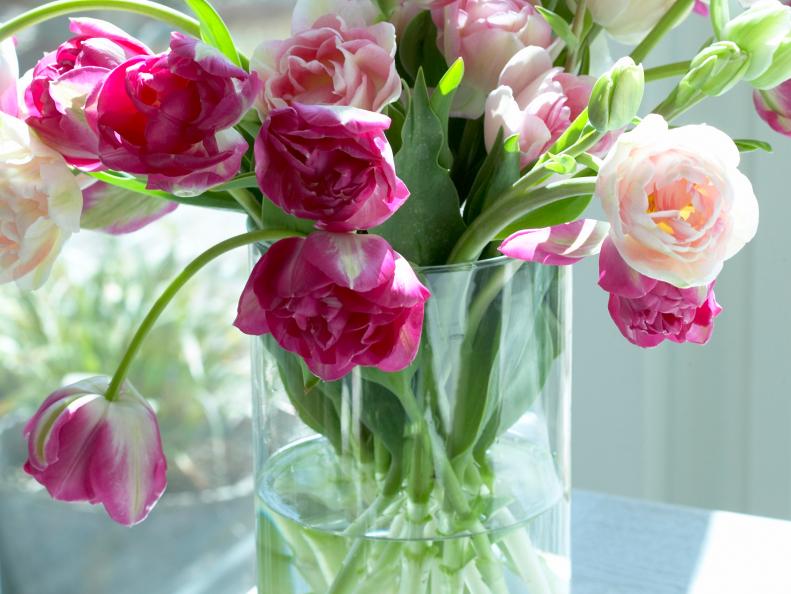1 / 52
Photo: Shain Rievley
Flowers by State
It's hard to miss the explosion of interest in gardening, edible gardening and backyard outdoor activities in general while the coronavirus keeps us all at home. But we are still longing to connect to the natural world. In the midst of the pandemic, flower company Breck's says there are clear favorites when it comes to online flower searches by state. Find out your state's favorite flower and learn more about growing and caring for America's favorite 50 flowers.









